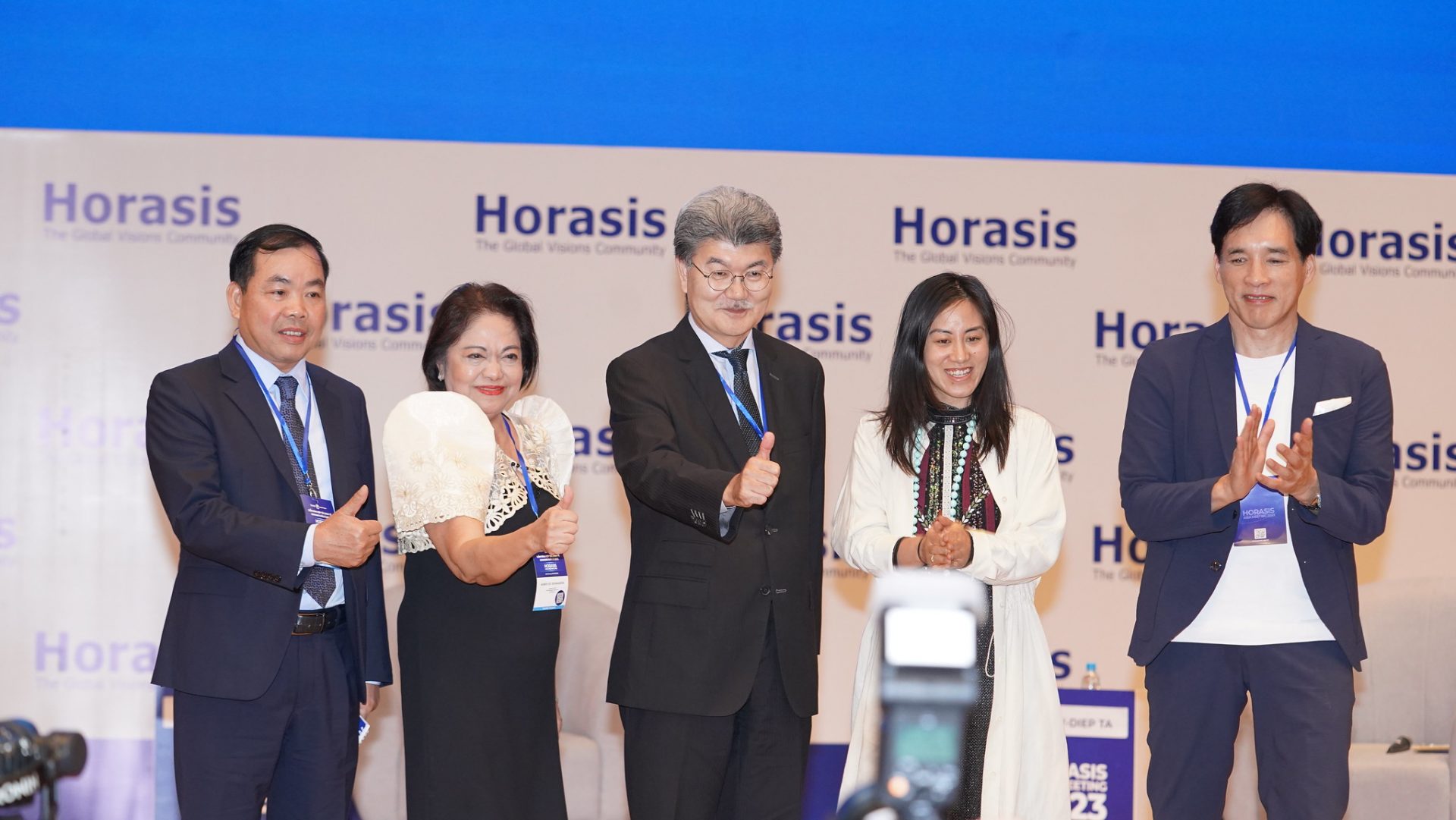Developing Asian Organizational Culture from the Top
In the fast-paced world of mergers and acquisitions (M&A), understanding and managing organizational culture is crucial for success. Nowhere is this more evident than in the diverse and dynamic landscape of Asian M&A activities. This was one of the topics discussed in a session at the recently concluded Horasis Asia Meeting in Binh Duong, Vietnam.
In Q2, the Asia-Pacific (APAC) M&A market displayed a relatively subdued performance. Although the total value of deals saw a modest quarter-over-quarter increase of 4% to reach US$76.3 billion, these figures represent a significant decline of 52% compared to the same period in 2022. Additionally, deal volumes experienced a notable drop of 15% when compared to the corresponding quarter in the previous year. Amidst this landscape, a highlight was the US$23-billion SPAC deal involving Black Spade Acquisition Co and VinFast Auto Pte. Ltd. This transaction marked the largest M&A deal associated with a special purpose acquisition company in nearly two years. Notably, this deal played a pivotal role in Hong Kong’s M&A leadership for the quarter, with China securing second position with a total deal value of US$17.2 billion.
Such transactions require quick and agile decision-making, as well as the keen leadership of executives steering every deal. How do Asian C-Suites assess and develop their leadership styles? Why does leadership style matter for Boards when assessing future demands like ESG requirements, and how will they navigate the intricacies of overseas partners with distinct cultural expectations?
Attributes of Top Asian Business Leaders
The most successful business leaders in Asia share common traits that set them apart and contribute to their continued achievements. These leaders exhibit a steadfast commitment to long-term thinking, emphasizing the importance of enduring success over short-term gains. They understand the value of positioning their companies for sustained success even after their own tenures. Furthermore, they champion an owner’s mindset within their organizations, delegating responsibility and encouraging a culture of entrepreneurialism.
Another hallmark of Asian business leaders is their strong focus on people. They actively engage in the recruitment and development of talent, realizing that a skilled workforce is essential for growth. Their approach includes direct involvement in the hiring process and fostering trust and mentorship among employees. By building a supportive environment where employees feel valued, these leaders ensure their organizations retain top talent.
Navigating complex ecosystems is a crucial skill for Asian business leaders. They understand that external forces, such as government regulations and partnerships, can significantly impact their companies. They make strategic decisions to engage with these ecosystems, even when it may not be immediately financially beneficial. Such decisions can pay off in the long run and help overcome external barriers.
Lastly, agility is a defining characteristic of successful Asian leaders. They recognize that the region’s rapid growth demands constant adaptation and the ability to pivot quickly. Whether it’s reimagining business plans or fostering innovation, these leaders understand that survival and success require ongoing reinvention and a willingness to embrace change. Adaptability and a commitment to continuous improvement are at the core of their leadership philosophy.
Transformative Leadership
In the dynamic and diverse Asia Pacific region, achieving success requires a tailored and multifaceted approach. To build trust and deliver sustained outcomes through transformative leadership, five key actions are essential:
Gather diverse insights: Leaders must gather a wide range of insights to fully grasp the forces shaping the business environment. Understanding the multifaceted risks, challenges and drivers is crucial for making informed decisions. CEOs should calibrate their outlook by balancing pessimism and optimism — taking into account sector-specific factors, geopolitical considerations, climate and cyber risks, and social impact.
Mobilize and empower executive leadership: Given the enduring and evolving structural challenges in the region, a flexible, long-term approach is necessary. The executive leadership team should be empowered to make tactical decisions with agility, aligning actions with the organization’s long-term strategic goals and resilience. CEOs and boards play a pivotal role in guiding the C-suite.
Adopt a Disciplined Capability-Centric Approach: To balance profitability, transformation, and growth, leaders should focus on capabilities. This entails identifying where to prioritize investment, such as diversifying product and supply chains, while safeguarding critical risk infrastructure and talent. A comprehensive strategic refresh should encompass people; ESG considerations; and tax/structuring implications alongside pricing, product, and cost management.
Adapt Leadership Styles: Acknowledge and address the concerns and aspirations of employees, especially in a culturally diverse region. Organizational leadership should emphasize culture and purpose, embedding these values throughout the talent model. Workforce strategy should align with growth and resilience, promoting empowerment, inclusion and trust, which is particularly relevant in a hybrid work environment.
Embrace Collaboration and Alliances: Asia Pacific’s relative optimism is driven by factors like capital inflows, innovation and talent diversity. CEOs should adopt a collaborative mindset and seek diverse alliances in technical, financial, talent and technology domains. These alliances should be linked to the organization’s capabilities, allowing businesses to amplify their strengths and successfully navigate long-term transformation.
Photo Caption: Business leaders in Asia and beyond must focus on long term sustainability.



